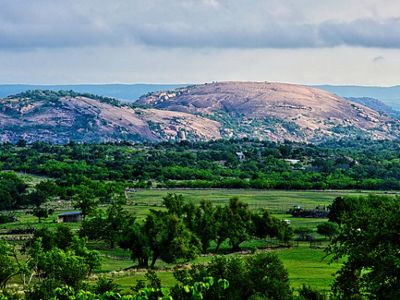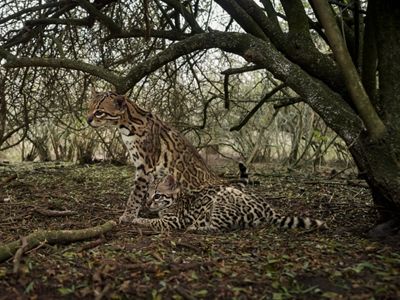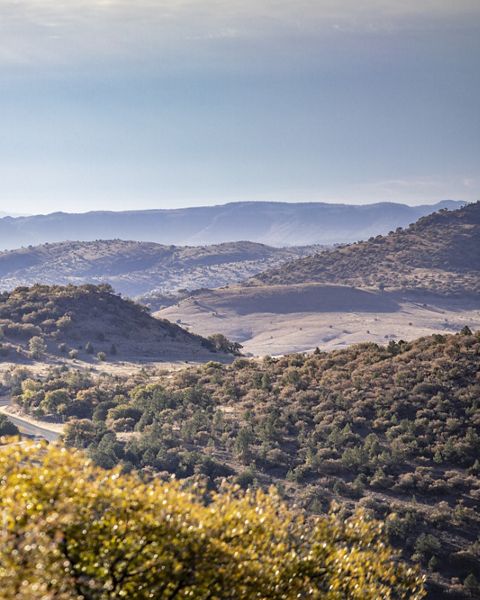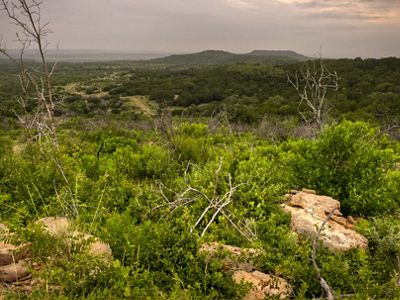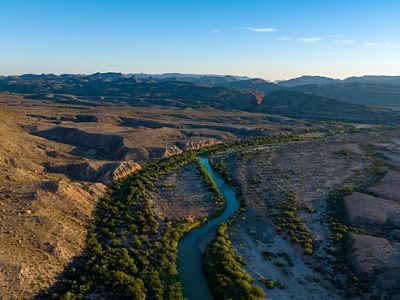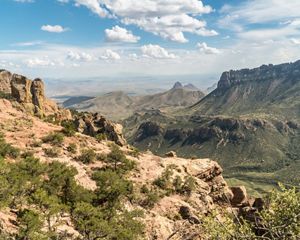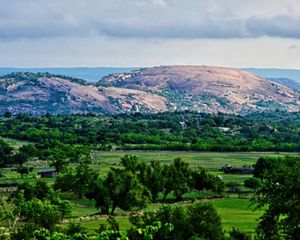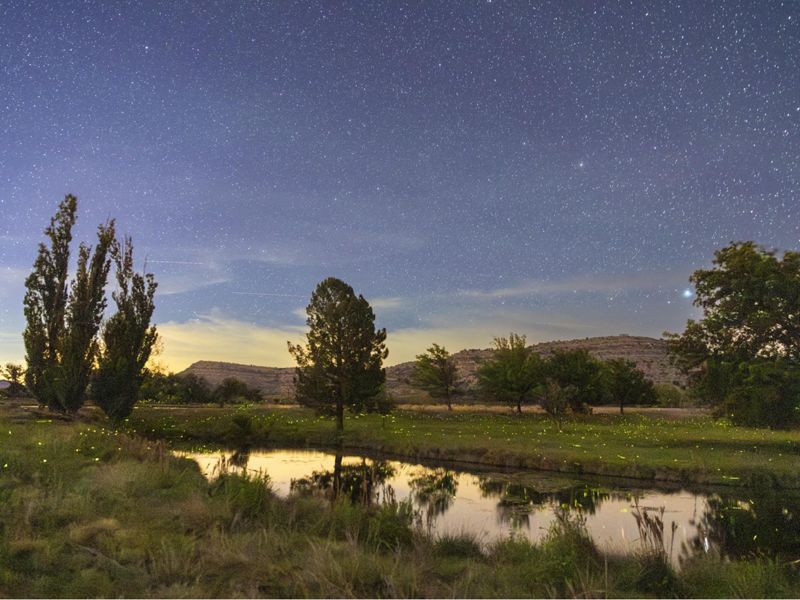
Protecting the Lone Star State Twilight falls at Independence Creek Preserve in West Texas. © Kenny Braun
The Making of a Million
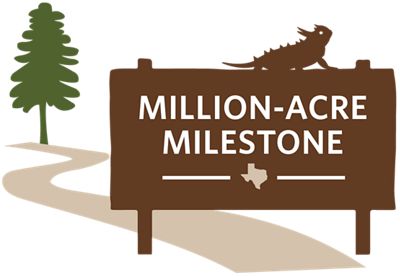
The Nature Conservancy has been conserving the lands and waters on which all life depends since 1964 in Texas. For 60 years, we’ve worked collaboratively across the state to ensure that our treasured landscapes, rivers, wildlife and ways of life don’t fade into Texas lore and legend. Our conservation initiatives are also addressing the challenges posed by a changing climate, habitat loss and increasing pressure on natural resources. Together, these efforts have helped protect many of the places cherished by Texans for generations, from the Davis Mountains of West Texas to the limestone caves of the Hill Country to the towering pineywoods in the East.
Thanks to the help of countless partners and supporters, we’ve hit a momentous milestone: the protection of 1 million acres in Texas—and in a state where 95% of land is privately owned, that’s a big deal.
1 Million Acres
The Nature Conservancy in Texas
-
460,600
We’ve assisted partners and agencies in preserving nearly 460,600 acres of land across Texas, including 34 Texas state and national parks.
-
109,000
TNC owns and manages 37 nature preserves and properties in Texas, equaling over 109,000 acres of stewarded lands and waters.
-
438,600
We’ve worked with landowners, ranchers and farmers to safeguard more than 438,600 acres through conservation easements.
Not Just a Number
How big is a million acres, you may wonder? Three times the size of the city of San Antonio, larger still than the city of Philadelphia and even bigger than the entire state of Rhode Island. But perhaps more important than the size are the thousands of plants and wildlife species, millions of acre-feet of water and hundreds of ranches, parks and scenic places now preserved for future generations of Texans. Within this mosaic of protected lands are TNC’s nature preserves and properties, countless conservation easements and several iconic Texas state and national parks—all safeguarded so that people across the state can explore, enjoy or benefit from nature today.
Places We Protect
From our first 2,600-acre acquisition of native coastal prairie in 1965 to our transfer of 57,000 acres to Big Bend National Park, our conservation roots run deep. Explore many of the private and public places we’ve protected throughout Texas!
See all the places we protect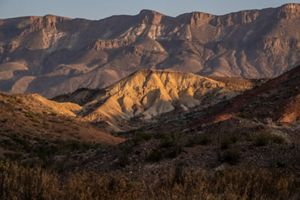
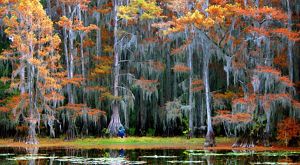
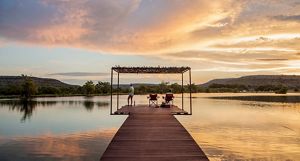
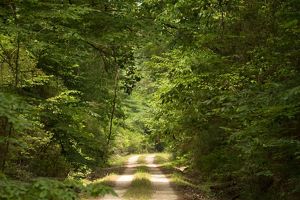
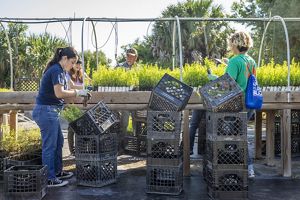
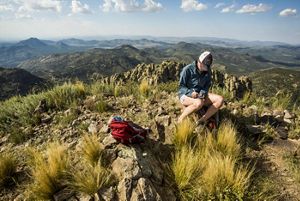
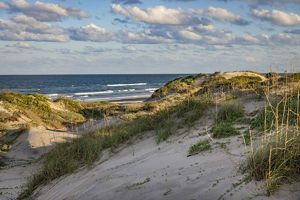
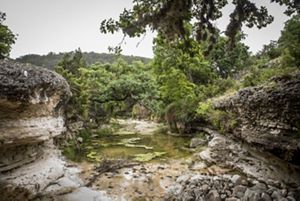
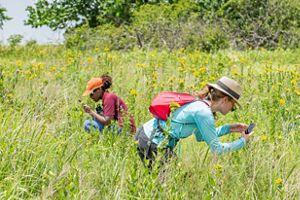
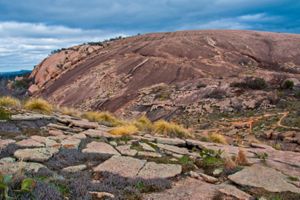

BIG BEND NATIONAL PARK: In 1989, TNC conveyed 56,719.65 acres of the North Rosillos Mountain Ranch to the National Park Service as an addition to Big Bend National Park. © Fin and Fur Films

CADDO LAKE PRESERVE: TNC's Fred and Loucille Dahmer Caddo Lake Preserve consists of 786 acres along the border of northeast Texas and northwest Louisiana. © Lynn McBride

INDEPENDENCE CREEK PRESERVE: Independence Creek, for which this TNC preserve is named, is fed by Caroline Spring. This desert oasis supports numerous fish and wildlife species. © Kenny Braun

BIG THICKET NATIONAL PRESERVE: Since 1972, TNC has helped Big Thicket National Preserve acquire 115.74 acres to expand the preserve. © Rich Kostecke

SOUTHMOST PRESERVE: Our 1,016-acre Lennox Foundation Southmost Preserve is home to a native seedling nursery that produces as many as 40,000 seedlings each year for restoration efforts. © Kenny Braun

DAVIS MOUNTAINS PRESERVE: Our 32,844-acre Davis Mountains Preserve is one of only three of the state’s unique sky islands—a cooler, wetter mountain landscape surrounded by arid lowland desert. © Jerod Foster

LAGUNA ATASCOSA: Since 2003, TNC has helped the U.S. Fish and Wildlife Service add 34,212.50 acres to the Laguna Atascosa National Wildlife Refuge. © Kenny Braun

LOVE CREEK PRESERVE: TNC's Love Creek Preserve offers crystal-clear waters that etch through limestone canyons, enabling native plants and wildlife to flourish on the Edwards Plateau. © R.J. Hinkle

CLYMER MEADOW PRESERVE: TNC's 1,475-acre Clymer Meadow Preserve contains some of the largest and most diverse remnants of Blackland Prairie in existence today. © Justin Parker

ENCHANTED ROCK: In 1978, TNC purchased 1,640.5 acres and later sold the property to the Texas Parks and Wildlife Department to create Enchanted Rock State Natural Area. © Bryan Roschetzky
Our Work Has Just Begun
While it’s important to pause and commemorate this incredible accomplishment, there’s still an urgent need to do much more. We already have our sights set on big opportunities to further preserve the natural places, working lands and wildlife habitat we love. The growth of our state is inevitable, and as climate change impacts us all, we must support smarter solutions and more resilient development for the benefit of people and nature. Through innovative conservation practices, strategic partnerships and community engagement, we can continue to protect the next million acres and beyond.
60 Years of Conservation in Texas
The Nature Conservancy in Texas
The Texas Chapter of The Nature Conservancy (TNC) was established in 1964, with attorney and conservationist Edward "Ned" Fritz serving as the president of the board of trustees.
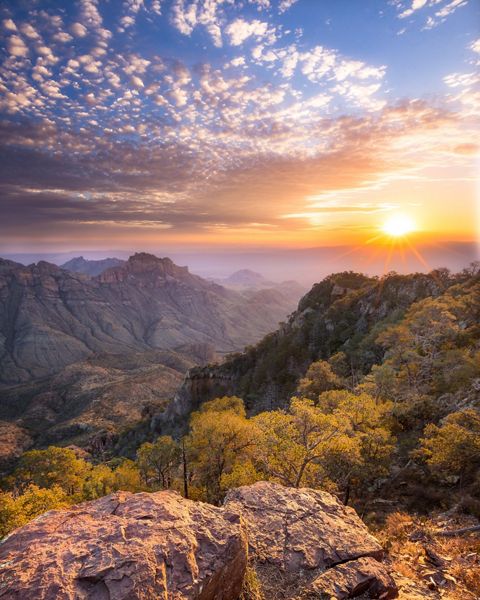
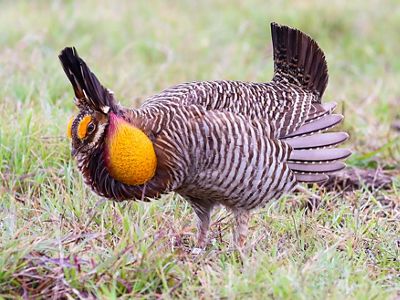
The Texas Chapter's first land project—an acquisition of 2,600 acres of native coastal prairie—was completed, establishing the Attwater Prairie Chicken National Wildlife Refuge.
Learn More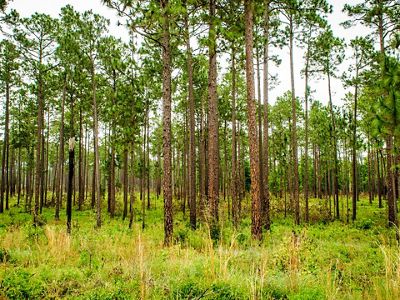
We established the Roy E. Larsen Sandyland Sanctuary in the Big Thicket of East Texas in 1977. This 5,654-acre preserve protects a variety of plants and animals, including one of the last remaining longleaf pine communities in Texas, and is open year-round to the public.
Learn MoreThe Texas Chapter acquired and conveyed the 1,640-acre Enchanted Rock property to the Texas Parks and Wildlife Department. Today, Enchanted Rock State Natural Area is one of Texas’ most popular state parks.
Learn More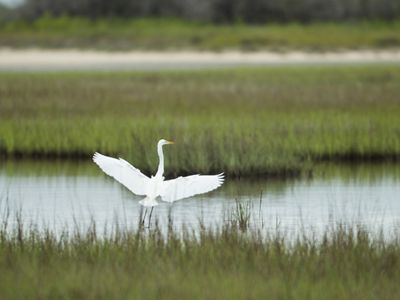
TNC purchased the 8,942-acre Texas Point Ranch and 41,682-acre McFaddin Ranch on the upper Texas coast, creating two new national wildlife refuges for waterfowl and other threatened species.
1980-1989
TNC’s work to protect Texas lands and waters continued to grow and develop with the establishment of new preserves, parks and natural areas in every corner of the state.
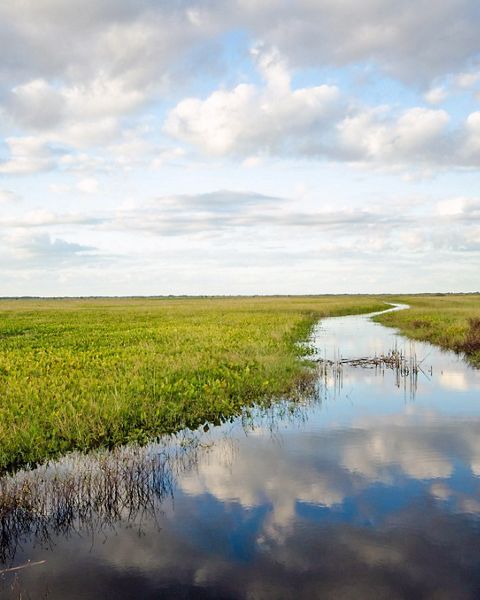
TNC helped acquire lands for the Lower Rio Grande Valley National Wildlife Refuge along the U.S.-Mexico border, an internationally renowned birding and wildlife viewing destination that has grown to 92,000 acres.
Learn More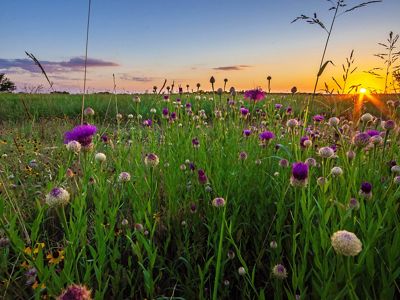
The Texas Chapter purchased the first tract establishing Clymer Meadow Preserve, the largest protected example of Blackland Prairie, which once covered millions of acres of Texas.
Learn More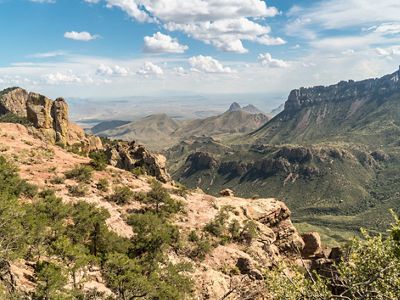
TNC transferred the 57,000-acre North Rosillos Mountains Ranch to the National Park Service in 1989, which was then added to Big Bend National Park.
Learn More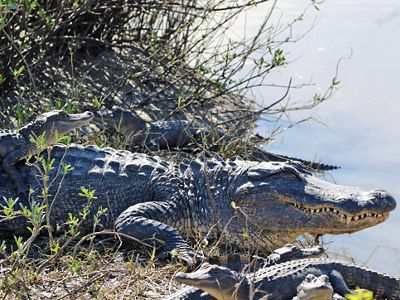
Our Clive Runnells Family Mad Island Marsh Preserve in Matagorda County, now 7,000 acres of critical coastal and marsh habitats, was established in 1989. The preserve is widely known as a prime locale for birdwatching in North America, with over 250 species observed here.
Learn More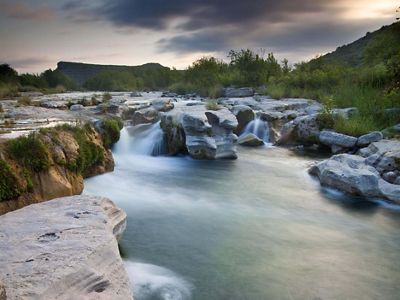
Dolan Falls Preserve was created in 1991, beginning two decades of conservation work along the Devils River—the most pristine river in Texas.
Learn More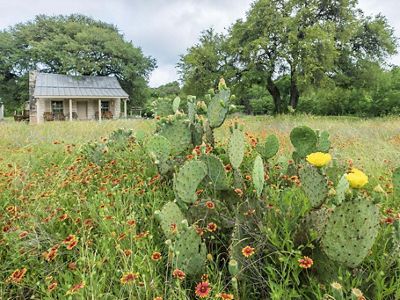
TNC assisted the City of Austin in acquiring five tracts, forming the core of the City’s Balcones Canyonlands Preserve system. In 1994, the Texas Chapter dedicated the 4,047-acre Barton Creek Habitat Preserve.
Learn More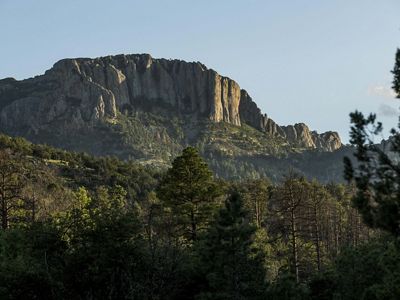
The Texas Chapter purchased the U Up, U Down Ranch to establish the Davis Mountains Preserve—now TNC's largest preserve in Texas. We also hold conservation easements on 67,000 acres in and around this mountain range.
Learn More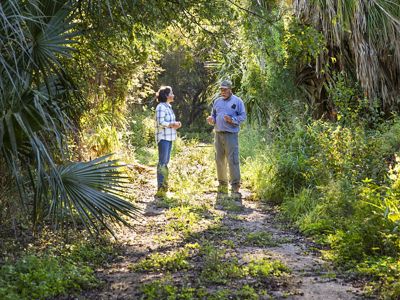
TNC acquired the Lennox Foundation Southmost Preserve on the Rio Grande at the southernmost tip of Texas, which protects one of the two remaining native palm groves in the state and serves as a plant nursery.
Learn More2000-2009
The Texas population surpassed 20 million in 2000. During this decade, TNC made several landscape-scale acquisitions to preserve habitat, protect drinking water and safeguard wildlife species for future generations.
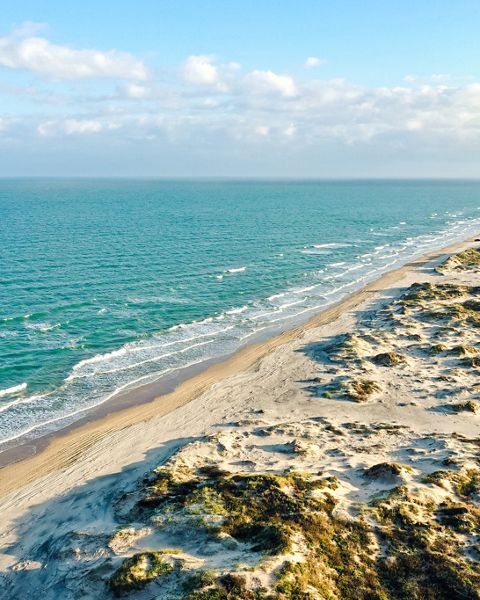
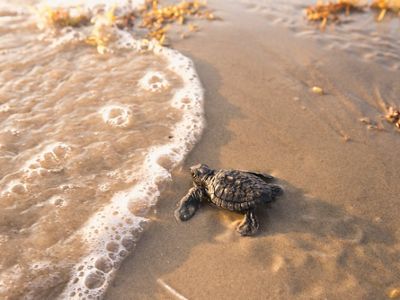
TNC and partners purchased 24,500 acres of dunes and beachfront on South Padre Island, which was added to the Laguna Atascosa National Wildlife Refuge. This land provides habitat for endangered Kemp's ridley sea turtles.
Learn More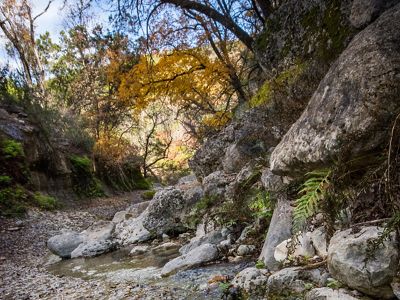
The Texas Chapter acquired 1,400 acres of ranch land from Baxter and Carol Adams to create Love Creek Preserve near Medina, Texas, which protects the scenic canyons and bigtooth maples of the southern Edwards Plateau.
Learn More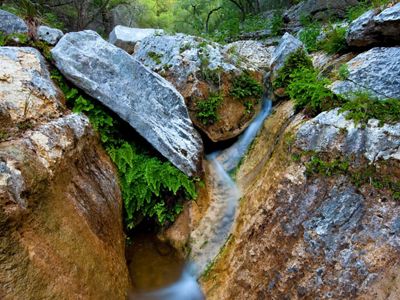
TNC supported the City of San Antonio’s Edwards Aquifer Protection Initiative, which approved a sales tax increase, generating $90 million to protect land over the aquifer—the city’s primary supply of drinking water.
Learn More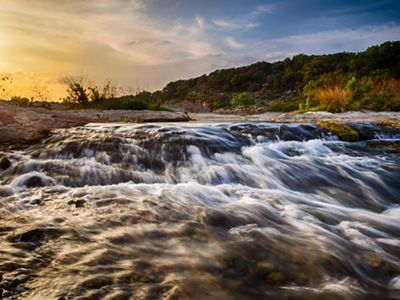
In 2007, the Texas Chapter accepted the donation of conservation easements totaling more than 40,000 acres that protected sensitive lands on the Guadalupe, Pedernales, Devils and Blanco rivers.
Learn More2010-2019
The Texas population continued to skyrocket with our major cities repeatedly making the top ten list for the country's largest. To balance this pace of growth, TNC continued to protect some of our most critical landscapes for people and wildlife.
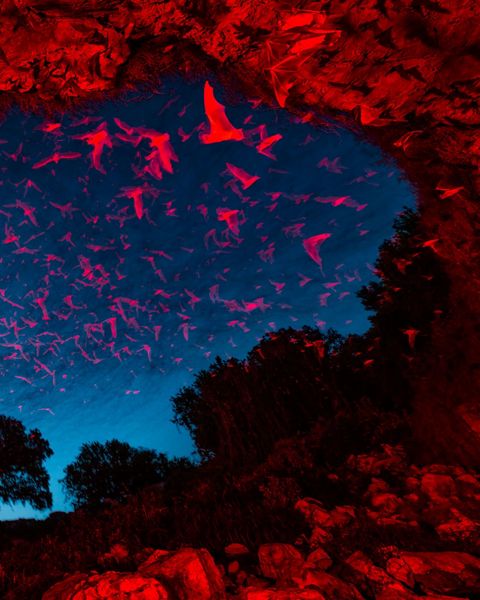
The Texas Chapter negotiated the purchase of 4,871 acres of former ranch land for Palo Pinto Mountains State Park. This will be the first new state park in North Texas in nearly 20 years.
Learn More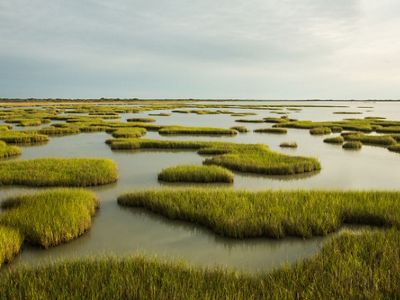
Working with partners, TNC acquired the 17,350-acre Powderhorn Ranch on the central Texas coast using funds from the BP Deepwater Horizon oil spill; the ranch contains one of the largest remaining undisturbed tracts of native coastal prairie habitat left in Texas and will eventually become a state park and wildlife management area.
Learn More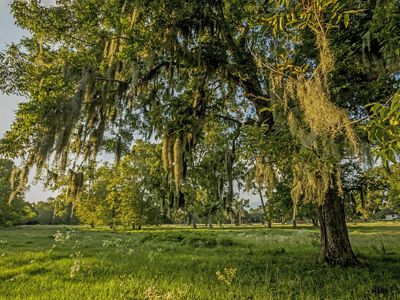
TNC acquired the Brazos Woods and San Bernard Woods preserves in the Columbia Bottomlands. Their old-growth forests and wetlands provide habitat for 400+ wildlife species and protect freshwater for millions of people.
Learn More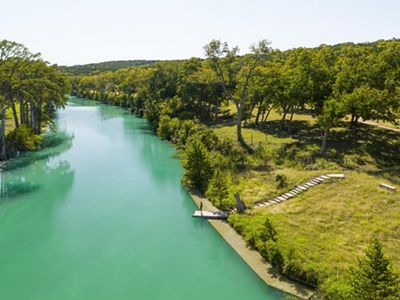
TNC purchased 536 acres of the El Rancho Cima Boy Scout Camp—pristine Hill Country land with a mile of Blanco River waterfront and habitat for wildlife and rare plant species. The property will soon offer public access.
Learn More2020-2025
The demand for natural resources continues to rise, as do the impacts of climate change. TNC is working creatively and collaboratively to preserve Lone Star land, protect water quantity and quality and enhance coastal resiliency along the Gulf for the future.
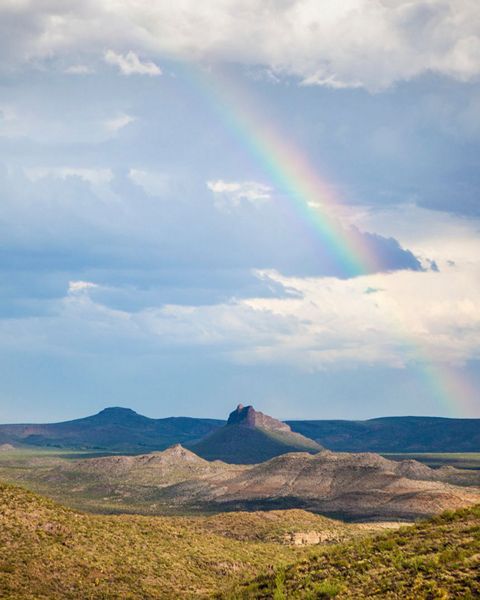
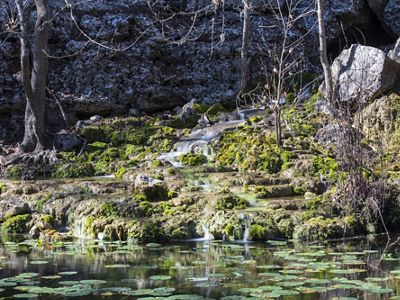
The Texas Chapter purchased a conservation easement on the 621-acre Honey Creek Spring Ranch. The easement buffers the Honey Creek State Natural Area and protects the entrances to Texas’ largest cave system.
Learn More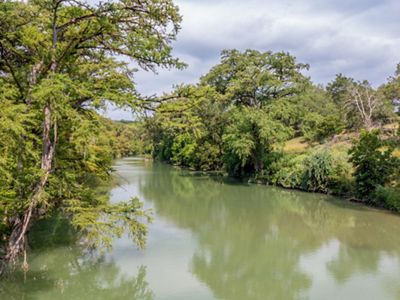
TNC worked with landowners and a number of partners to protect 515 acres of land and water in the Texas Hill Country. The acreage was added to the Honey Creek State Natural Area and will be used for recreation.
Learn More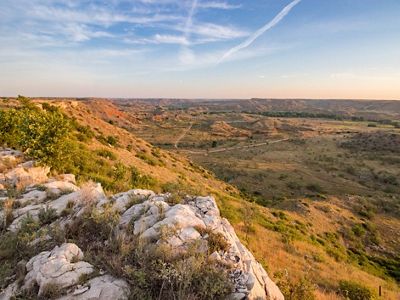
TNC purchased the 9,550-acre Rock Creek Ranch property in the Texas Panhandle near Lake Meredith as part of its Southern High Plains Initiative. We intend to put a conservation easement on the tract before reselling it.
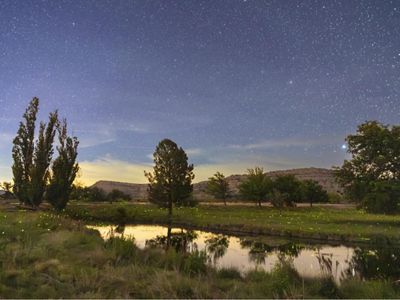
The Texas Chapter celebrates its 60th anniversary and a major milestone: the protection of its 1 millionth acre of land! Already, we're working on several new land deals to continue to preserve Texas' natural legacy.
Take Action
We Can’t Save Nature Without You
Sign up to receive our monthly Nature News newsletter or make a donation to help us protect the next million acres.

